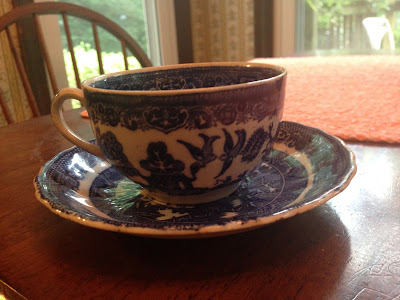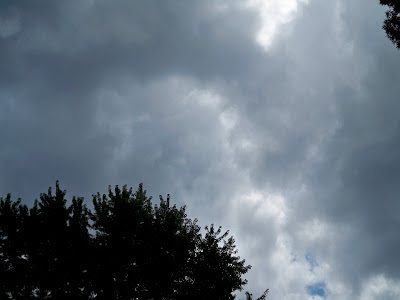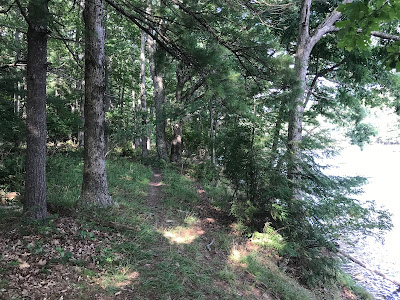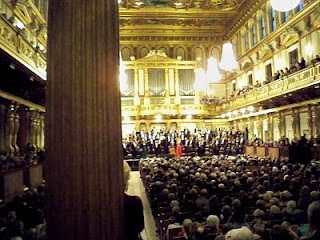Farewell to Blogspot
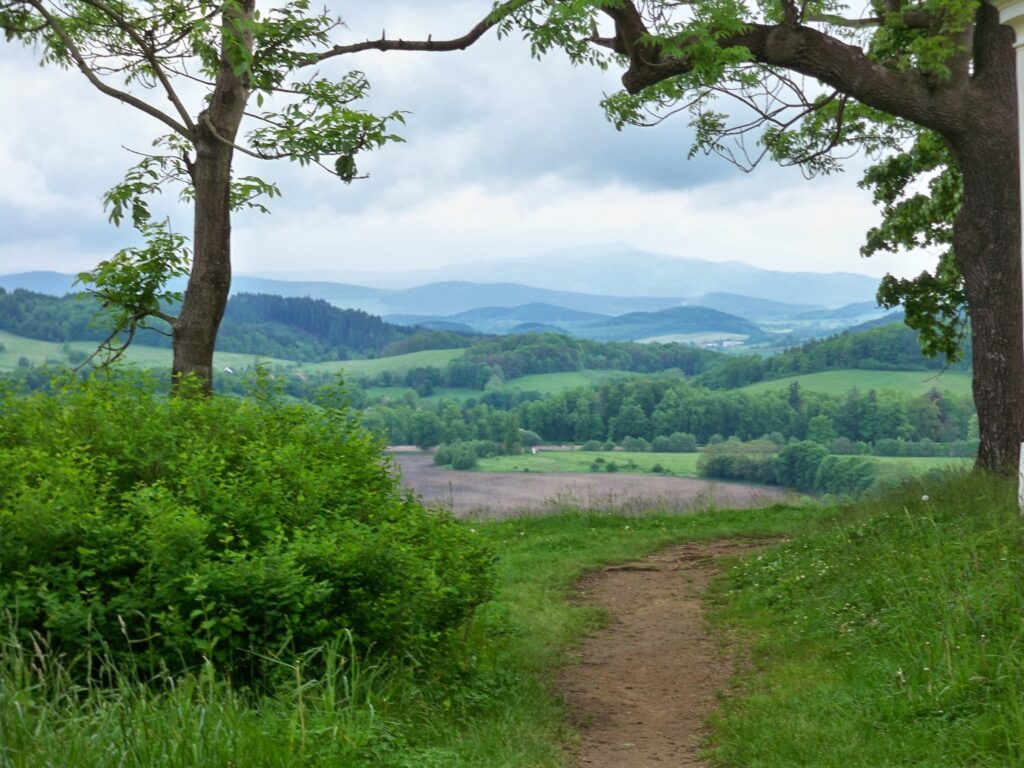
On February 7, 2010, when I wrote the first Walker in the Suburbs post, I knew only that I wanted to share a few thoughts with the world. I had no idea if I could keep blogging until the end of the month. Now, almost 15 years later, it’s time to move A Walker in the Suburbs to a new home. Truth to tell, it outgrew Blogspot long ago, but until now I’ve lacked the time and will to switch sites.
Starting tomorrow, October 1, 2024, you can find A Walker in the Suburbs here. The content won’t change, but the design is updated, and you’ll be able to subscribe and comment.
Meanwhile, as I say goodbye to this platform, I think of all that’s happened since it began, the writing I’ve done; the people who are gone and the ones who’ve just arrived; how our world has changed.
How grateful I am to have this opportunity to connect with all of you, to share my love of walking and place. Thank you, as always, for reading. I hope you enjoy the new Walker in the Suburbs.





